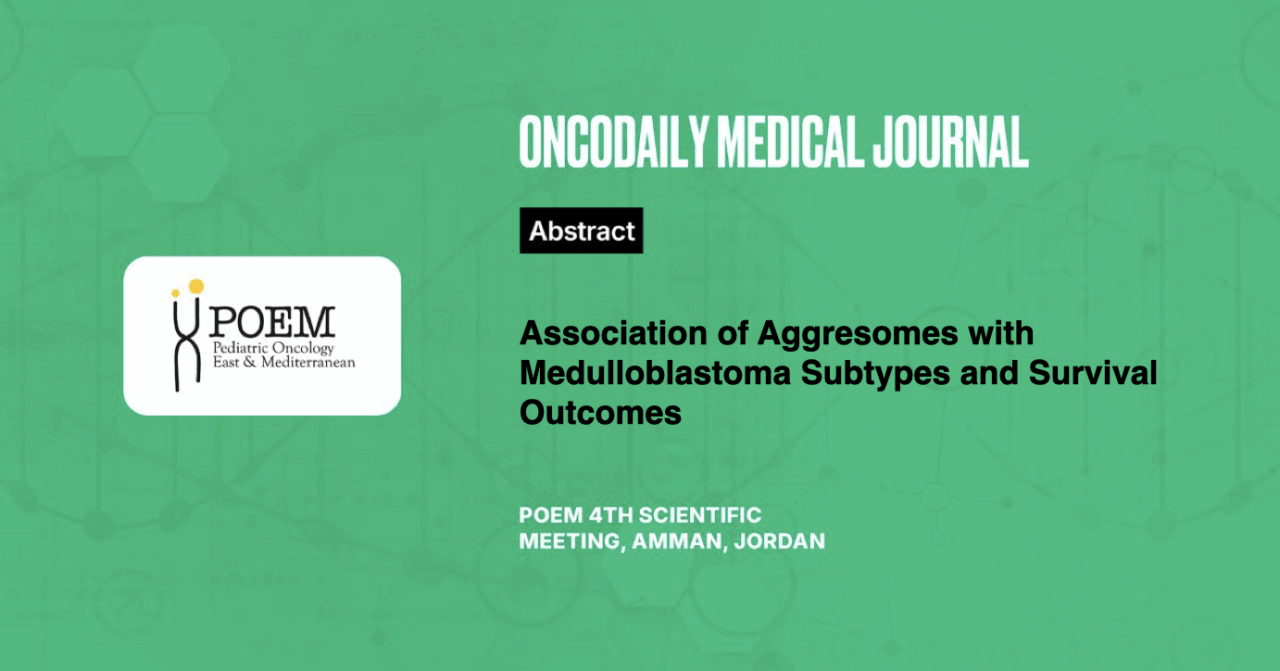Association of Aggresomes with Medulloblastoma Subtypes and Survival Outcomes
Abstract
Introduction: Aggresomes are cytoplasmic bodies where misfolded proteins aggregate, enclosed by a vimentin filament cage. While well-studied in neurological disorders, their role in central nervous system tumors remains unclear. This study investigates the relationship between aggresomes and various subtypes and clinical features of pediatric medulloblastoma.
Methodology: This retrospective review examines pediatric cases with medulloblastoma from 2003-2023. Clinicopathological characteristics were extracted from records. Medulloblastoma subtypes were classified using NanoString, and aggresomes were assessed through vimentin immunohistochemical (IHC) staining.
Results: A total of 121 were included, aged 3–18 years [mean: 8.5]. The cohort included 65 males [53.7%] and 56 females [46.3%]. Molecular subtypes were distributed as follows: 24.8% WNT, 24.8% were SHH (20.5% non-TP53-mutated and 4.3% TP53-mutated, by p53 IHC staining), 19.7% Group 3, and 30.8% Group 4. At diagnosis, 31.7% of patients were metastatic. Mean vimentin score was 16.7, varying by subtype: WNT [41.9], SHH [20.0], Group 3 [7.8], and Group 4 [3.5] [p<0.001].
Kaplan-Meier analysis showed the best survival in Group 4, followed by WNT, SHH non-TP53-mutated, Group 3, and SHH TP53-mutated [p=0.0045]. Multivariable analysis showed metastasis at diagnosis to be the strongest predictor of poor overall survival [HR=7.54, p<0.00]. Among molecular subtypes, group 4 had the best prognosis [HR=0.23, p=0.024], whereas SHH TP53-mutated had the worst [HR=4.58, p=0.041]. Vimentin score was not a significant prognostic factor in univariable [p=0.392] nor multivariable [p=0.282] survival analysis. Kaplan-Meier survival analysis based on vimentin score (higher/lower than mean) was not statistically significant [p=0.68].
Conclusion: Vimentin scores may serve as a useful tool for identifying molecular subgroups in medulloblastoma; however, they do not predict overall survival. This staining technique holds promise for assisting in medulloblastoma subclassification, particularly in resource-limited settings where advanced molecular diagnostics may not be readily available.





